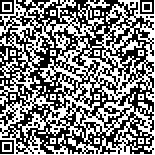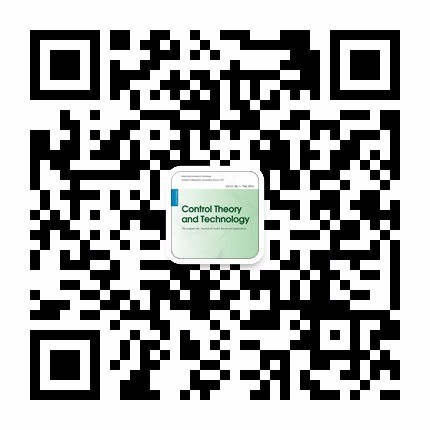| This Paper:Browse 1428 Download 762 |

码上扫一扫! |
| Active disturbance rejection control: some recent experimental and industrial case studies |
| QingZHENG,ZhiqiangGAO |
|
|
| (Department of Aerospace, Industrial, and Mechanical Engineering, California Baptist University, Riverside, CA 92504, U.S.A.) |
|
| 摘要: |
| This paper presents a summary of some recent experimental and industrial case studies of active disturbance rejection control
(ADRC). ADRC is a novel disturbance estimation and rejection concept, leading to a new technology with a distinct advantage
where, unlike most existing methods, disturbances, internal and external, are actively estimated and rejected. Applications of
the new approach in solving industry
wide bench mark problems have led to a slew of innovative solutions. The scope of the
applications shown in this paper includes motion control, robotic
enhanced limb rehabilitation trainings, fuel cell systems, and
the two
mass
spring benchmark problem. Recent production line validation results obtained are also included. |
| 关键词: Active disturbance rejection control, applications, production line validation |
| DOI: |
|
| 基金项目: |
|
| Active disturbance rejection control: some recent experimental and industrial case studies |
| Qing ZHENG,Zhiqiang GAO |
| (Department of Aerospace, Industrial, and Mechanical Engineering, California Baptist University, Riverside, CA 92504, U.S.A.;Department of Electrical and Computer Engineering, Cleveland State University, Cleveland, OH 44115, U.S.A.) |
| Abstract: |
| This paper presents a summary of some recent experimental and industrial case studies of active disturbance rejection control
(ADRC). ADRC is a novel disturbance estimation and rejection concept, leading to a new technology with a distinct advantage
where, unlike most existing methods, disturbances, internal and external, are actively estimated and rejected. Applications of
the new approach in solving industry
wide bench mark problems have led to a slew of innovative solutions. The scope of the
applications shown in this paper includes motion control, robotic
enhanced limb rehabilitation trainings, fuel cell systems, and
the two
mass
spring benchmark problem. Recent production line validation results obtained are also included. |
| Key words: Active disturbance rejection control, applications, production line validation |

